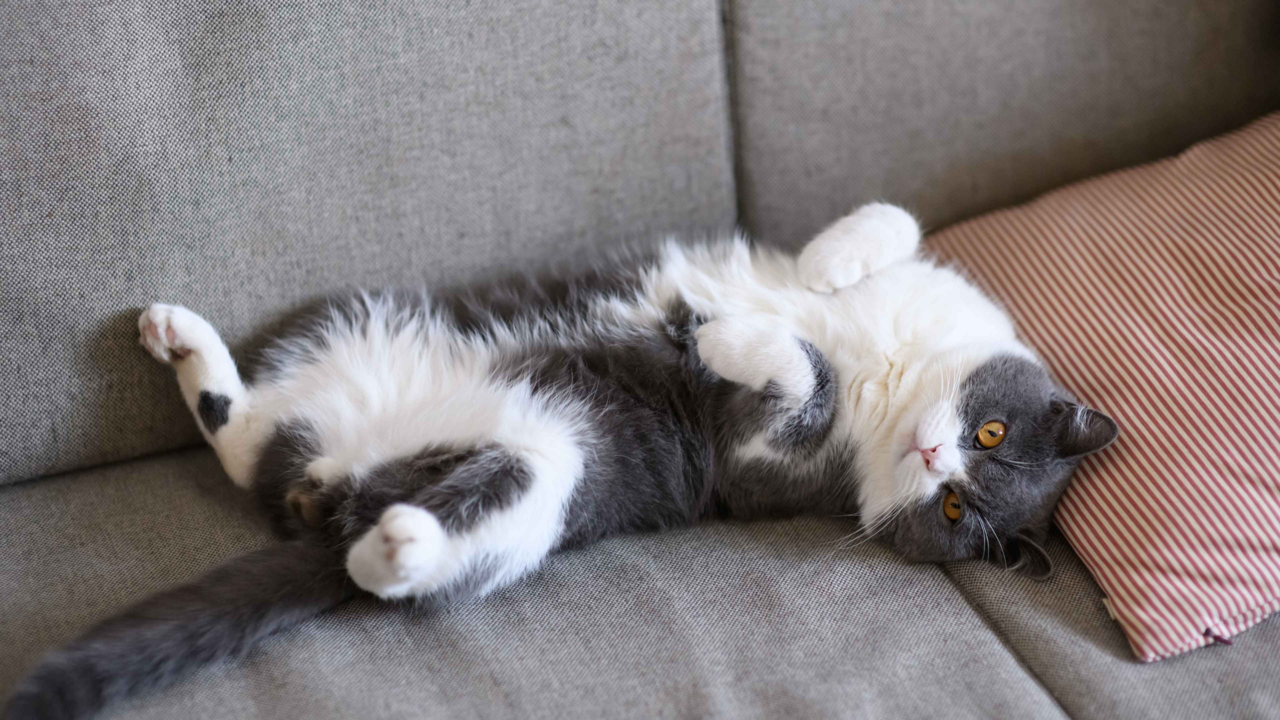
Understanding Cat Body Language: A Guide For Kiwi Owners
Cats speak volumes without making a sound. As a pet parent in Aotearoa, gaining insight into cat body language can help you build a more trusting, harmonious relationship with your feline companion. By reading the subtle cues your cat gives – from tail twitches to ear flicks – you’ll better understand their mood, intentions and needs. This guide explores the key signs to look for so you can interpret your cat's behaviour like a pro.
Why Understanding Cat Body Language Matters
Whether you're a new cat owner or a seasoned feline friend, learning to decode your cat's non-verbal communication enhances wellbeing for both you and your pet. Cats may not bark or whimper like dogs, but they constantly express themselves through posture, movement and facial expression. Recognising when your cat feels anxious, affectionate, playful or unwell allows you to respond appropriately.
Paying attention to body language also helps avoid common misunderstandings that could stress your cat. For instance, misreading a wagging tail as a friendly sign may lead to an unexpected swipe.
Tail Positions And What They Mean
A cat’s tail is one of their most expressive body parts. Here’s a quick guide to common tail movements and moods:
- Tail held upright: A friendly, confident greeting
- Puffed-up tail: Fearful or startled
- Low or tucked tail: Nervous, submissive or unwell
- Twitching tail tip: Focused or irritated, often seen during play or hunting
- Thrashing or lashing tail: Frustrated or annoyed – time to give your cat some space
If your cat frequently displays signs of fear or tension, consider supporting them with calming essentials like pheromone diffusers or relaxing treats.
Eye And Ear Communication
Your cat's eyes and ears say a lot about how they're feeling:
- Slow blinking: A sign of trust and affection – try blinking back for a bonding moment
- Wide, dilated pupils: Can indicate excitement, fear or surprise
- Constricted pupils: May suggest tension or aggression
- Ears facing forward: Curious or relaxed
- Ears flattened back: Anxious, annoyed or frightened
Pay close attention to these expression cues, especially during interactions with humans or other pets. Pairing positive experiences like mealtimes with a smart pet feeder may help reduce stress and encourage relaxed behaviours.
Posture And Movement Clues
Everything from your cat's overall body posture to the way they move through your home communicates their current mood. Here's what to watch for:
- Arched back with fur standing up: Defensive and scared
- Rolling over and showing belly: Feelings of trust – but not always an invite for belly rubs!
- Stiff body and direct stare: Defensive or offensive posture, depending on situation
- Rubbing against you: Affectionate and friendly, marking you with their scent
- Hiding or staying in one place: May signal they’re unwell or stressed
If your cat is exhibiting changes in posture over time, don’t ignore this shift. Adding health supplements to support joint or anxiety needs may help, especially in older or nervous cats.
Vocal Cues That Support Body Language
While this guide focuses on body language, certain vocalisations combined with physical cues can help paint a clearer picture. For example:
- Purring with relaxed body = content and happy
- Growling with a tense posture = feeling threatened
- Chirping with tail twitching = playful or attentive
Rewarding calm and social behaviour with high-value cat treats can reinforce positive communication habits at home.
Strengthen Your Connection With Your Cat
As Kiwi cat owners, the more we understand our pets’ silent signals, the better we can care for them. Take time to observe your cat's subtle cues and style of communication. Whether they're curling up near you, flicking their tail or blinking with love, every movement tells a story. For the best support tools, explore our top-rated cat picks or browse our range of NZ-made cat food to keep your feline friend happy and healthy.
Want to enhance your connection even more? Discover the latest new arrivals for cats to support their wellbeing and behavioural needs.